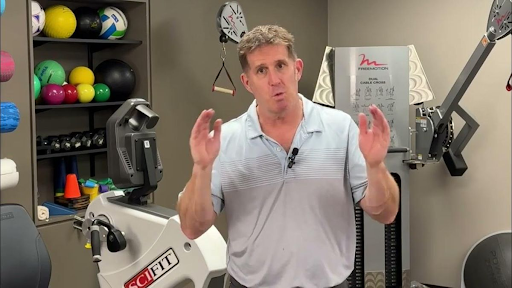When it comes to personal well-being, pelvic health is often overlooked. Yet, it plays a vital role in how we move, function, and feel every day. From managing discomfort to improving mobility and stability, physical therapy offers powerful tools to restore strength and confidence. Whether you’re recovering from childbirth, surgery, or just dealing with persistent discomfort, support is possible—and physical therapy can be part of the solution.
Restoring Balance and Movement Through Personalized Care
Physical therapy looks at the body as a whole. Therapists don’t just focus on pain points—they identify how movement patterns, posture, or muscle imbalances could be contributing to dysfunction. This is especially true in pelvic-related conditions. Many people experience tightness, weakness, or tension in the surrounding muscles, which can lead to a wide range of symptoms. Through targeted treatment plans and hands-on techniques, physical therapists guide patients back to a more functional, comfortable state of movement.
Strengthening the Core of Pelvic Health
Pelvic health refers to the proper functioning of the pelvic floor muscles, which support the bladder, uterus or prostate, and rectum. When these muscles are either too tight or too weak, it can lead to pain, urinary issues, or even bowel dysfunction. Physical therapists trained in pelvic floor rehabilitation use gentle internal and external techniques to strengthen, release, and coordinate these muscles. For many, this work helps alleviate years of hidden discomfort and restores a deep sense of control and comfort.
Supporting Recovery After Pregnancy and Childbirth
Postpartum healing can be overwhelming. Muscles are stretched, joints loosened, and core stability challenged. Many women assume issues like leaking, pelvic pressure, or back pain are just part of life after giving birth. But physical therapy offers another path. With guidance from a trained therapist, women can regain core strength, improve posture, and support long-term pelvic health. These interventions aren’t just about short-term recovery—they lay the foundation for lifelong well-being.
Managing Chronic Pain Through Pelvic Health Therapy
Pelvic pain conditions, including endometriosis, interstitial cystitis, and vulvodynia, often go undiagnosed or misunderstood. Patients may cycle through medications and appointments without answers. Physical therapy provides a holistic alternative. By working with muscles, nerves, and connective tissue, therapists can reduce pain and teach strategies to improve daily comfort. Education is a key component—patients learn how to avoid flare-ups, improve body awareness, and reconnect with their sense of strength. This approach directly supports long-term pelvic health.
Building Awareness and Preventing Future Issues
One of the most powerful outcomes of physical therapy is awareness. Many people don’t realize the role the pelvic floor plays in everyday activities—until something goes wrong. Physical therapists help patients build a stronger connection to these muscles through breathwork, posture adjustments, and mindful movement. This awareness leads to better prevention. Whether you’re an athlete looking to avoid injury or an aging adult wanting to stay active, taking care of pelvic health today protects your future.
Integrating Emotional and Physical Healing
Physical symptoms often have emotional roots. This is especially true in the pelvic region, where trauma, stress, or anxiety can manifest as tension or dysfunction. A skilled physical therapist understands this connection. With empathy and patience, they create a safe environment where healing can happen on multiple levels.
Conclusion
Pelvic health is about more than just physical function—it’s about quality of life. Through gentle, informed, and consistent physical therapy, individuals can find relief, build strength, and restore confidence. Whether you’re navigating recovery, managing chronic pain, or simply curious about improving your well-being, pelvic-focused therapy offers a personalized path forward.


